What You Can Do to Control Purple Loosestrife
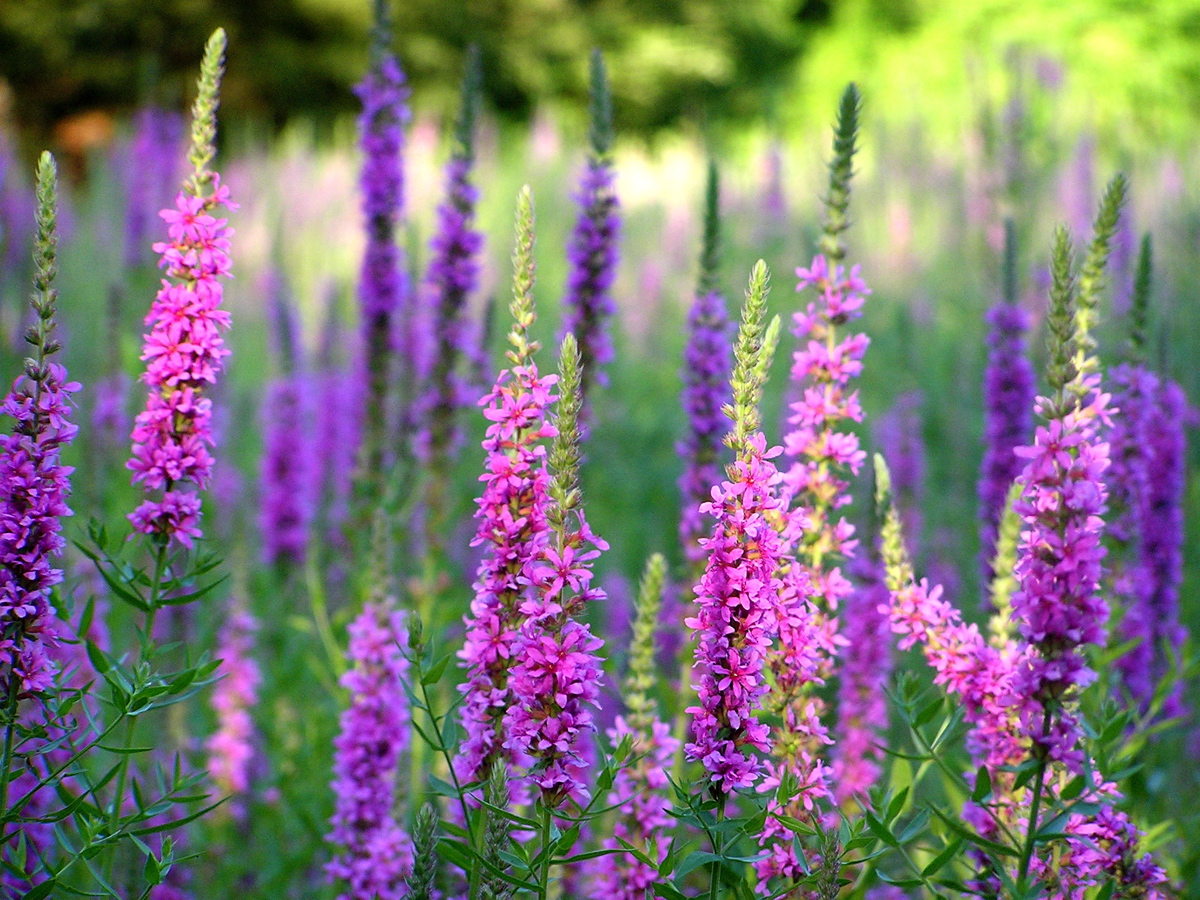
Do you know Purple Loosestrife was first originated in Europe and Asia, however this fast-growing plant was brought to North America during 1800s by garden settlers? The pace with which it grows can prove to be detrimental to a large variety of fish species, wildlife and native plant habitat. This plant grows quite easily if not much attention is paid on its control.
The following steps will help you in getting rid of these purple loosestrifes and curb its growth as well in the long run.
Best Time
1. The best time to control the growth of this flowering plant is during end of June, July and early August. The striking feature of this plant is that it starts production from the point where the petal of the flower has dropped. Further, you can cut or pull off the stems. Also, its important to note that these seeds get easily carried away with your clothes to new destination and can begin growth at that spot. Therefore, you must properly brush off your clothes before leaving that place.
2. Digging, Hand-Pulling and Cutting
First and foremost, you should try manual pulling of these plants, wherever you think it is easily accessible. After hand pulling this plant throw it miles away from the reach of water and once it gets dried then burn them.
Also, its easier to pull out young plants, usually which are up to two years of age. Plants which become old have larger roots and it needs to be pulled out fiercely with a fork, so much so that you don’t find any root with it as broken roots can sprout new plants.
3. Disposal of Plant Matter
Proper disposal of the plant matter is imperative. Keep all plant pieces in a plastic bag and dump it to a sanitary landfill site. Make sure that the bag is not torn or broken open for composting. Despite composting, these purple loosestrifes may still not be destroyed and the thick, hard stem and roots take a long time to decompose. Ideal way is to burn these loosestrifes and get rid of this plant material.
4. Chemical Control
Another effective way is to treat small infestation of purple loosestrife with a herbicide. It’s important that you first take the DNR permit before spraying the herbicide on purple loosestrife. The permit can be availed free of cost.
5. Biological Control
You will be able to find plenty of leaf-eating beetles that can control purple loosestrife. These beetles may vary keeping the site type in mind. Sometimes, beetles can also create an impact on small sites with as few as 20 plants. You can contact the DNR chief and get more information in terms of obtaining beetles for your patch of land by filed collecting or rearing your own with a rearing kit.
The above steps are simple and can easily be replicated on any site which is dominated by purple loosestrife.
The Author:
Are you concerned about the rapid and excessive growth of purple loosestrife? Contact Aquacide if you are looking for control methods for this weed. Our range of products will help manage your recreational lake or pond to make the most of your property’s potential.


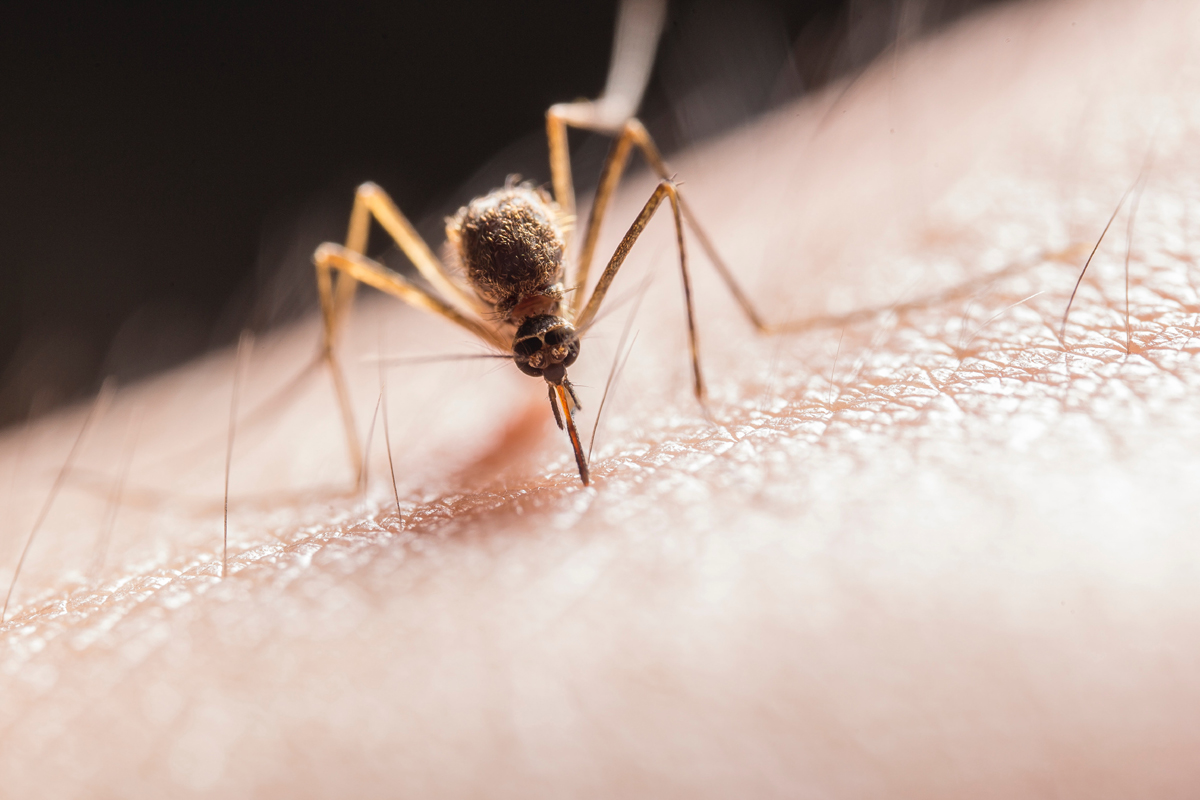
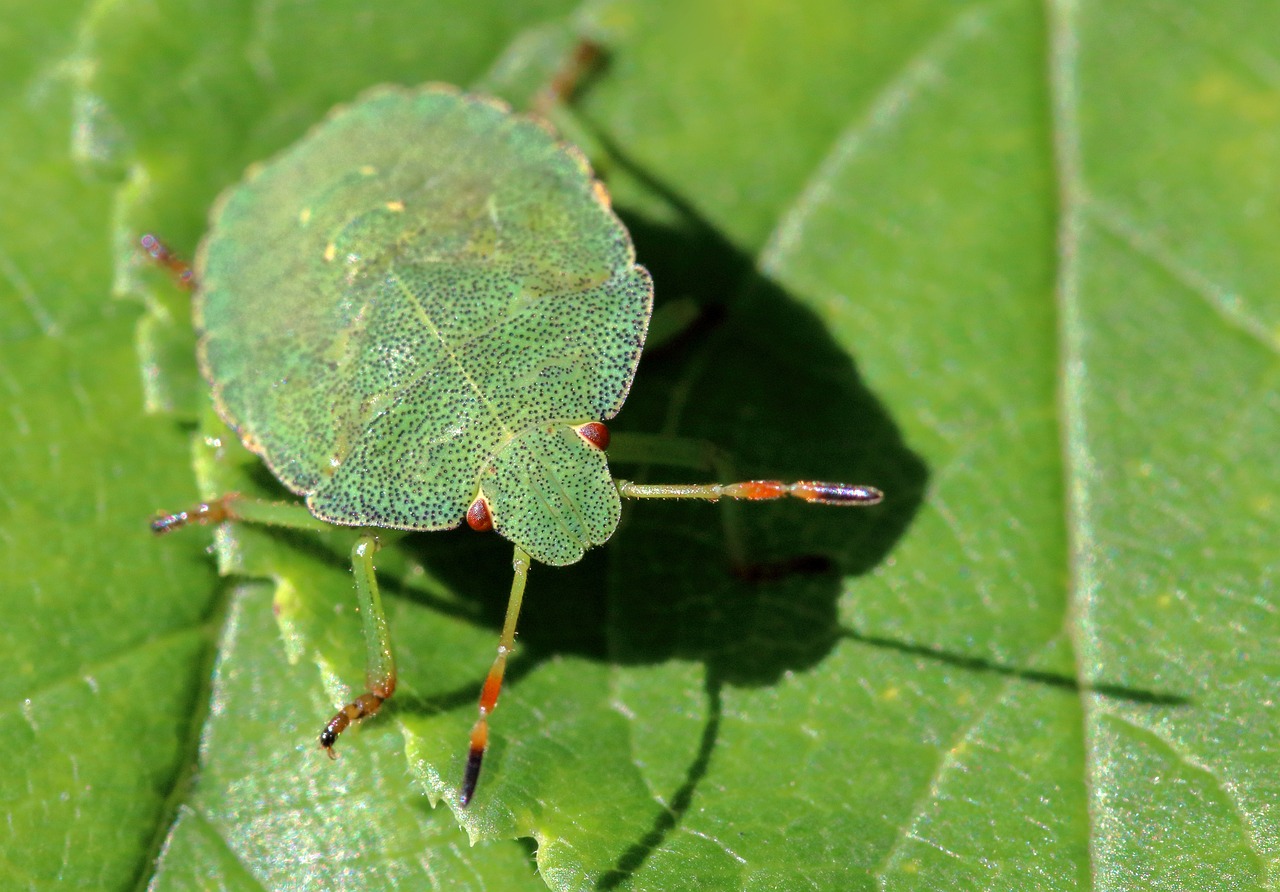

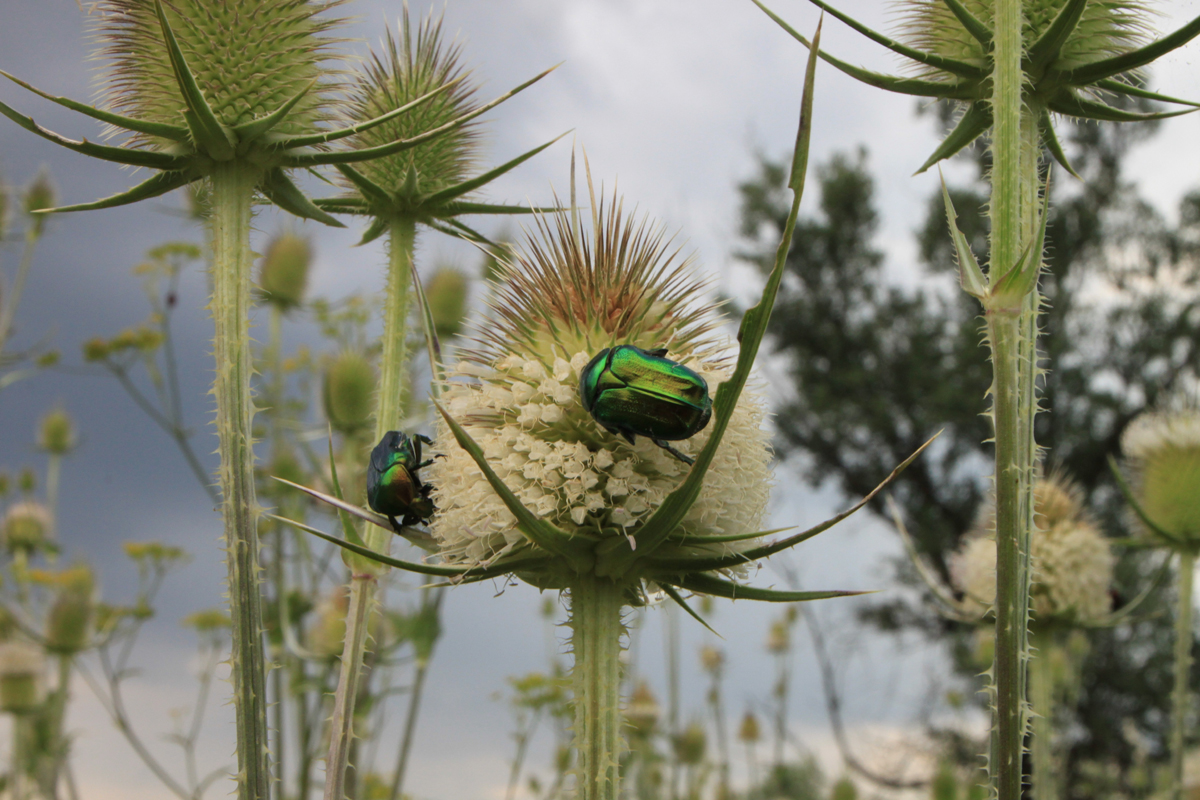
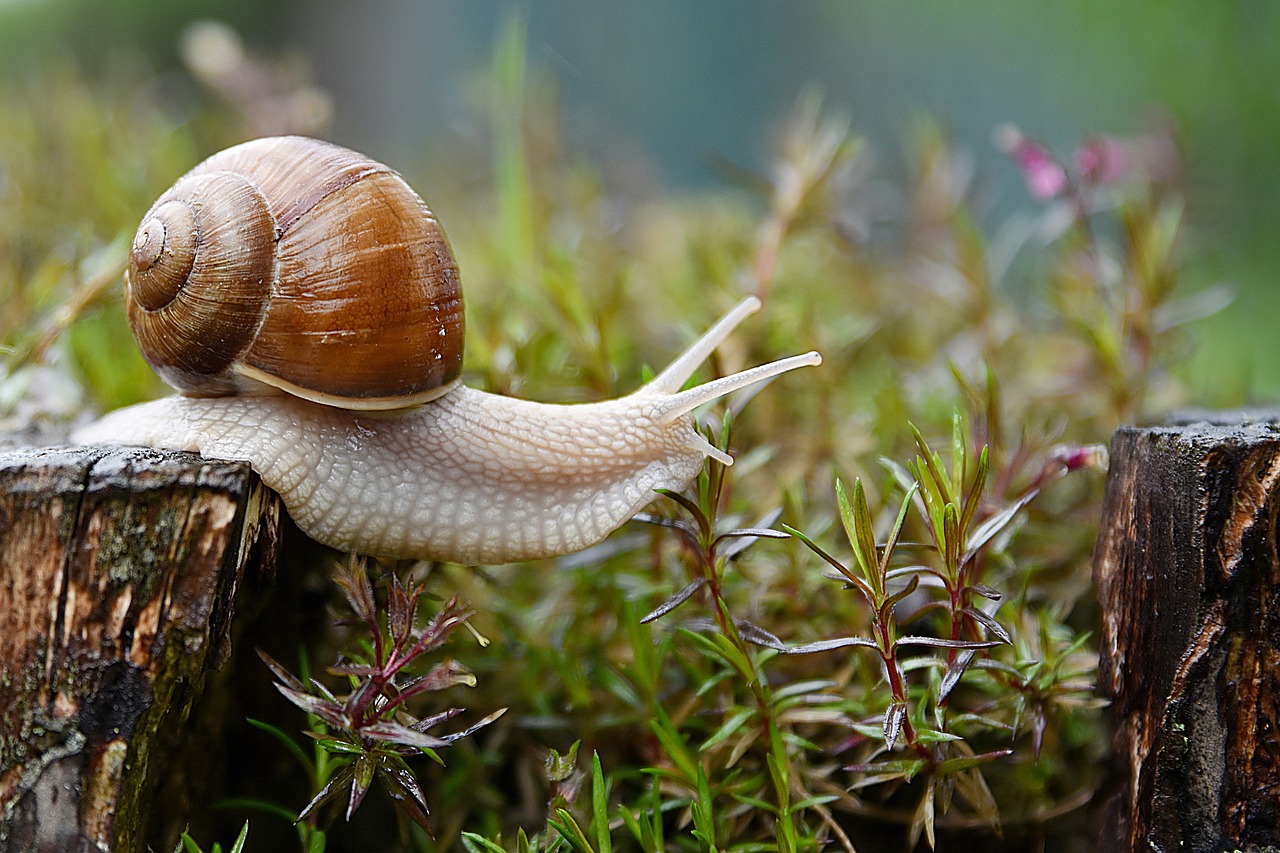
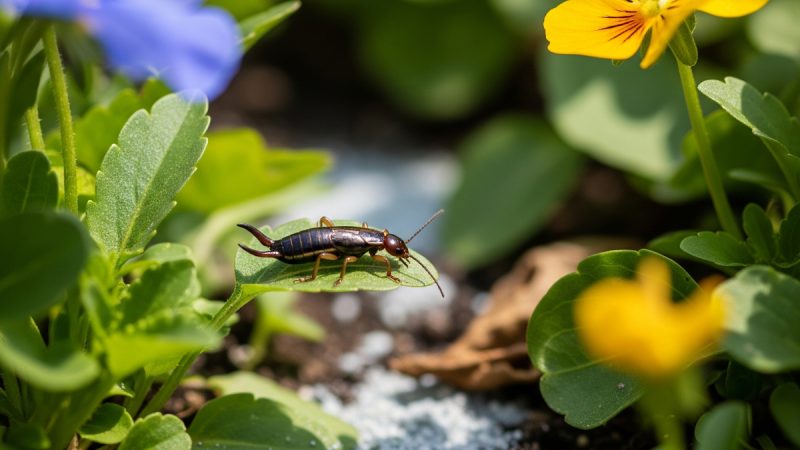
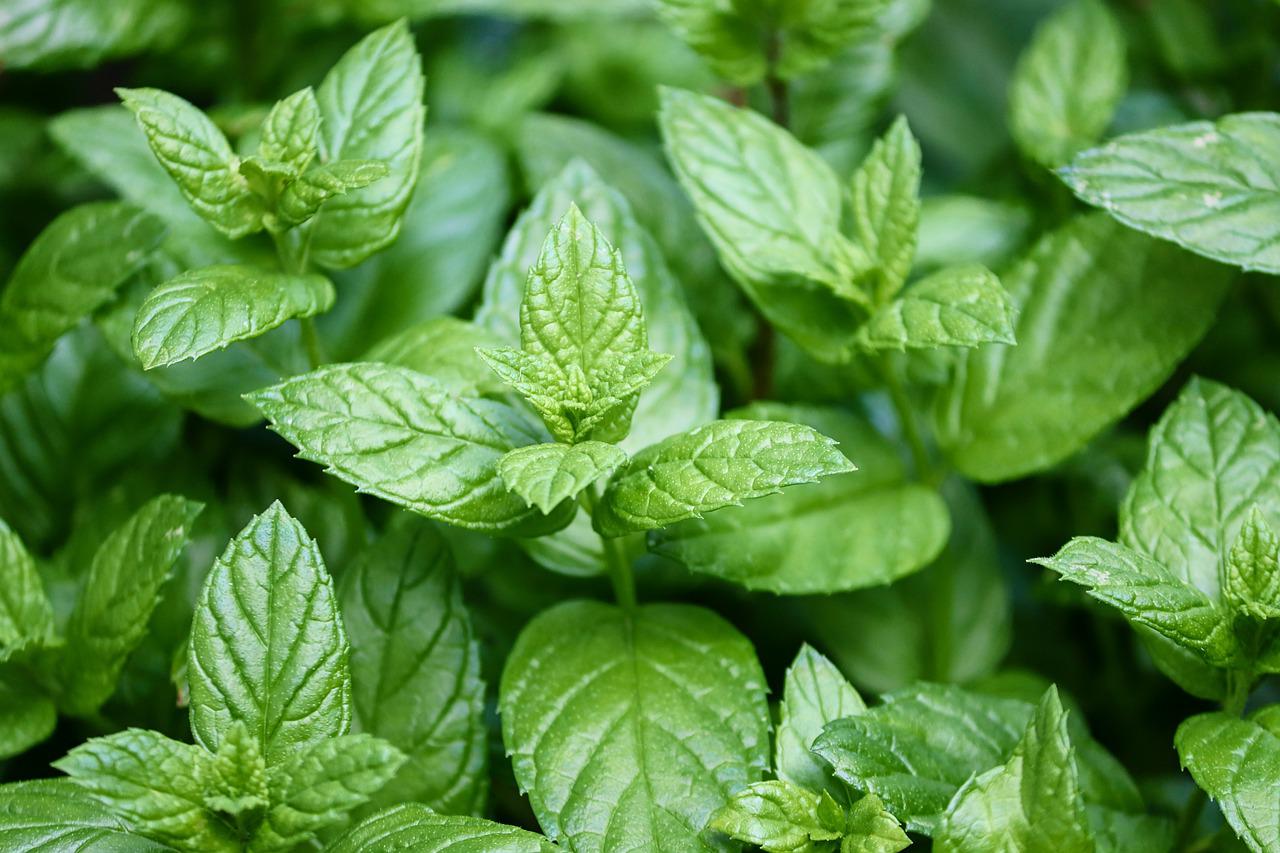
It is also important to note that Purple Loosestrife has a root system that needs to be destroyed to prevent the plant from coming back. Hand pulling is a great way to eradicate the root system but can be very time consuming. There are products out there such as the WeedShear that allows you to throw a V shaped tool with razor sharp edges on it that cuts these plants at the roots and helps prevent them from coming back.
Thank you for highlighting the importance of destroying the root system of Purple Loosestrife to prevent re-growth. I agree that hand pulling can be time-consuming, so the product you mentioned, WeedShear, seems like a useful tool to efficiently cut the plants at the roots. It’s crucial to use a reliable method to eradicate invasive species like Purple Loosestrife to protect the ecosystem and prevent further spread.